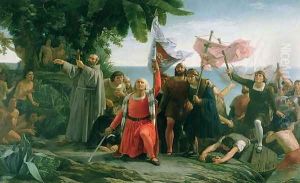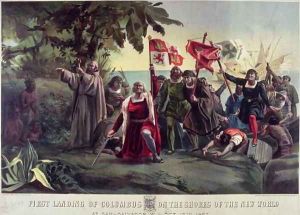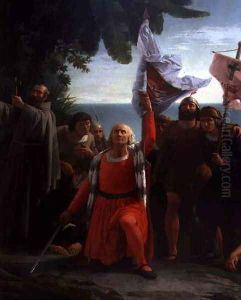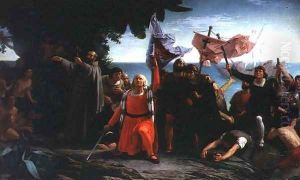Dioscoro Teofilo de la Puebla Tolin Paintings
Dioscoro Teofilo de la Puebla Tolin was a notable Spanish painter, born in 1831 in the city of Valladolid, Spain. His life spanned much of the 19th century, a period rich in artistic evolution in Europe, making him a contemporary to the waves of Romanticism and Realism that swept through the art world during his lifetime. Despite not gaining the same international acclaim as some of his contemporaries, Puebla Tolin's work remains significant in the context of Spanish art history for its detailed portrayal of historical and religious themes.
Puebla Tolin's upbringing in Valladolid, a city known for its artistic and cultural heritage, undoubtedly influenced his early interest in art. He pursued his passion for painting at the prestigious Real Academia de Bellas Artes de San Fernando in Madrid, where he was exposed to the works of great Spanish masters. His education laid a solid foundation for his artistic career, emphasizing traditional techniques and the importance of historical and religious subject matter, which would become hallmarks of his work.
Throughout his career, Dioscoro Teofilo de la Puebla Tolin showed an exceptional ability to capture the essence of his subjects, combining technical skill with a keen eye for detail. His paintings often depicted scenes from Spanish history, imbued with a sense of realism and emotional depth that resonated with his audience. Despite his focus on historical and religious themes, Puebla Tolin's work also reflected the changing times, incorporating elements of the emerging Realist movement, which sought to depict everyday life and society with honesty and accuracy.
Puebla Tolin's contributions to Spanish art were recognized in his time, and he received several commissions for public and religious works. His paintings are preserved in various museums and collections in Spain, serving as a testament to his skill and dedication to his craft. Dioscoro Teofilo de la Puebla Tolin passed away in 1901, leaving behind a legacy that continues to be appreciated by art historians and enthusiasts alike. His body of work not only provides insight into the artistic movements of the 19th century but also offers a window into the historical and cultural landscape of Spain during a period of significant change and development.



